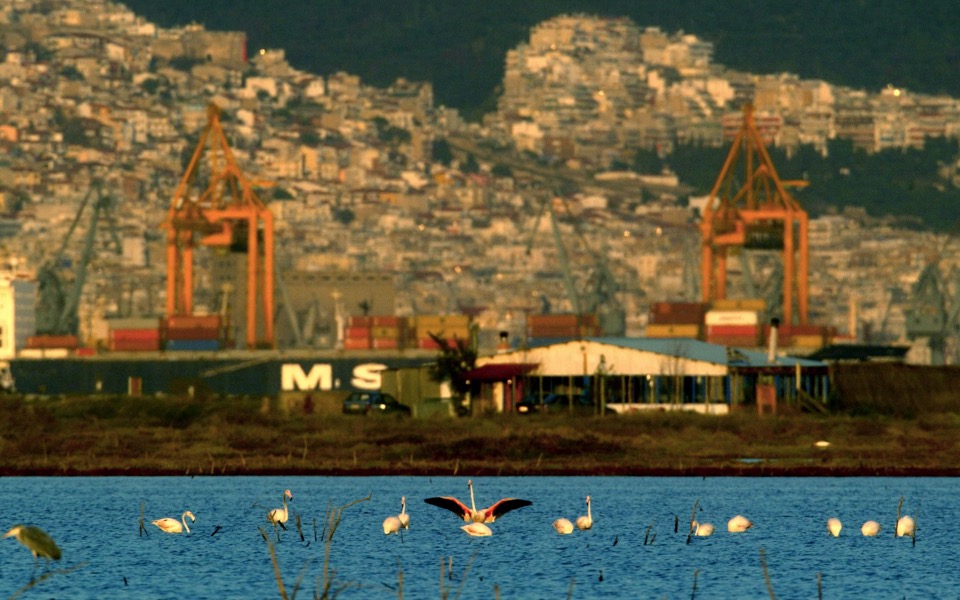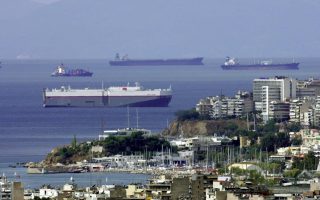Chinese interests could make plan to link Danube and Aegean a reality

An ambitious project being considered to establish a vertical link between the Danube, Europe’s second-longest river, and Greece’s Aegean coast by a navigable route via the rivers Morava and Vardar/Axios, may seem like a prospect of colossal proportions by European standards, but its development cannot be ruled out as it would serve the interests of China, an undisputed powerhouse trader.
The potential project, whose development would bring about radical changes to the transportation options in the wider region, seems to be moving up the agenda of bilateral issues concerning Greece and Serbia and also promises to inevitably engage the Former Yugoslav Republic of Macedonia (FYROM) as well as Central European countries.
Development of what is being promoted as the “new Silk Road” – involving land, air and sea – is already in progress and the utilization of existing rivers could not be left out of the wider plan.
The issue has been addressed at top-level talks involving leaders in Athens, Beijing, Belgrade and Skopje over the past few years. Most recently, the project was discussed at a Greek-Serbian conference attended by Greek Prime Minister Alexis Tsipras and Serbian President Aleksandar Vucic.
The waterway would offer a much faster and lower-cost route for cargo destined for Europe from the East. Some preliminary studies have indicated that such a route would work out to be three-and-a-half days faster compared to the existing option via Rotterdam.
Cargo is dispatched from the Dutch port to reach the Danube River, running roughly horizontally, from Central Europe, in Germany’s southwest, to the Black Sea, at a point on Romania’s east coast.
Development of the new waterway would offer a transportation link from the East Mediterranean directly to the heart of Europe, via the Axios/Vardar, Morava and Danube rivers. Cargo would no longer need to be shipped all the way to Gibraltar and from there up to the Netherlands, or be held up in the narrow Bosporus strait.
This is an attractive prospect for China and other East Asian countries, which export millions of containers to European markets and Russia each year.
The Greek, Serbian and FYROM routes will need to be widened and deepened, while, according to a Serbian study, canals bypassing Skopje and two Serbian cities, Nis and Kraljevo, must also be developed.





